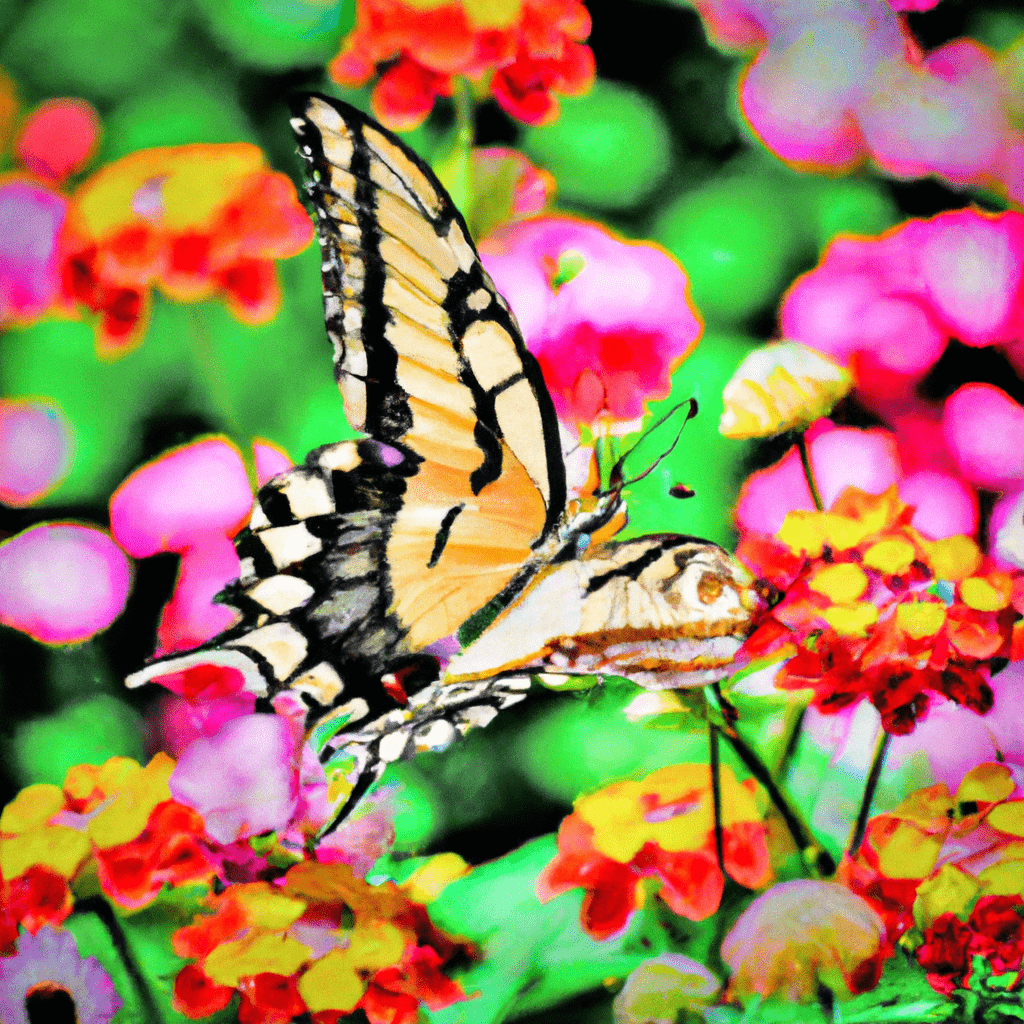
Butterflies are not just captivating creatures that add beauty to our surroundings, they also play a vital role in pollination and are indicators of a healthy ecosystem. If you’re looking to create a butterfly haven in your garden, this comprehensive guide will provide you with everything you need to know about attracting and nurturing these delicate creatures. By following these tips, you can transform your garden into a paradise for butterflies while also enjoying the sight of their graceful presence.
Understanding the Butterfly Life Cycle
Before diving into the specifics of creating a butterfly haven, it’s essential to understand the life cycle of these enchanting insects. Butterflies undergo a complete metamorphosis, starting as eggs, hatching into caterpillars, forming chrysalises, and finally emerging as adult butterflies. Each stage requires specific conditions and resources, which we’ll explore in detail.
Creating a Welcoming Habitat
To attract butterflies, you need to create a welcoming habitat that provides them with the necessary food, shelter, and resources throughout their life cycle. Here are some key elements to consider:
- Native Plants: Choose a variety of native plants that are suitable for your region. Native plants are adapted to the local climate and provide butterflies with familiar food sources.
- Host Plants: Incorporate host plants into your garden to support the caterpillar stage. Different butterfly species have specific host plant preferences, so research which plants cater to the butterflies in your area.
- Nectar Plants: Include a diverse selection of nectar-rich flowers to attract adult butterflies. Opt for plants with varying bloom times to provide a continuous food source throughout the season.
- Sunny Spots: Butterflies thrive in sunny areas, so ensure your garden has enough open spaces that receive ample sunlight.
- Water Source: Provide a shallow water source, such as a birdbath with pebbles for perching, to quench the butterflies’ thirst.
Butterfly-Friendly Plant Selection
Selecting the right plants for your butterfly haven is crucial. Here are some popular choices that attract a wide range of butterfly species:
- Milkweed: As a host plant for monarch butterflies, milkweed is a must-have. It’s their sole food source during the caterpillar stage.
- Butterfly Bush: Aptly named, this shrub produces fragrant flowers that attract various butterfly species with its sweet nectar.
- Purple Coneflower: This vibrant flower not only adds color to your garden but also attracts butterflies like the Eastern Tiger Swallowtail and Painted Lady.
- Liatris: Known as blazing star or gayfeather, liatris is a tall, spiky flower that entices butterflies like the American Lady and Monarch.
- Black-eyed Susan: This perennial favorite draws in butterflies with its bright yellow petals and dark centers. It’s particularly loved by the Eastern Tiger Swallowtail.
Creating Butterfly-Friendly Microhabitats
To further enhance the attractiveness of your garden, consider incorporating these butterfly-friendly microhabitats:
- Puddling Areas: Butterflies often gather in groups to puddle, extracting essential minerals and salts from damp soil or sand. Create a small area with moist soil or sand for them to gather and extract nutrients.
- Rock Piles and Logs: Butterflies seek shelter and basking spots. By arranging rocks or logs in your garden, you provide them with safe spaces to rest and absorb warmth from the sun.
- Butterfly Houses: Installing butterfly houses can offer additional shelter, particularly during harsh weather conditions and overwintering.
Maintaining Your Butterfly Haven
Once you’ve established your butterfly haven, it’s crucial to maintain it properly, ensuring the ongoing attraction and support of these delicate creatures. Consider the following maintenance tips:
- Pesticide-Free Gardening: Avoid using pesticides, as they can harm butterflies and their caterpillars. Embrace natural pest control methods or opt for organic alternatives.
- Regular Watering: Keep your plants hydrated, particularly during dry spells. Providing a consistent water source is essential for both the plants and the butterflies.
- Remove Invasive Species: Regularly remove invasive plant species that can overpower native plants and disrupt the delicate balance of your butterfly habitat.
- Keep an Eye Out for Predators: Monitor your garden for potential predators, such as birds or wasps, and take necessary steps to deter them.
Conclusion
Creating a butterfly haven in your garden is a rewarding and environmentally beneficial endeavor. By understanding the butterfly life cycle, selecting appropriate plants, incorporating microhabitats, and maintaining a pesticide-free environment, you can attract and nurture beautiful butterflies. Remember, patience is key, as it may take time for butterflies to discover and fully inhabit your garden. Embrace the wonders of nature and enjoy the mesmerizing presence of these delicate creatures in your own backyard.